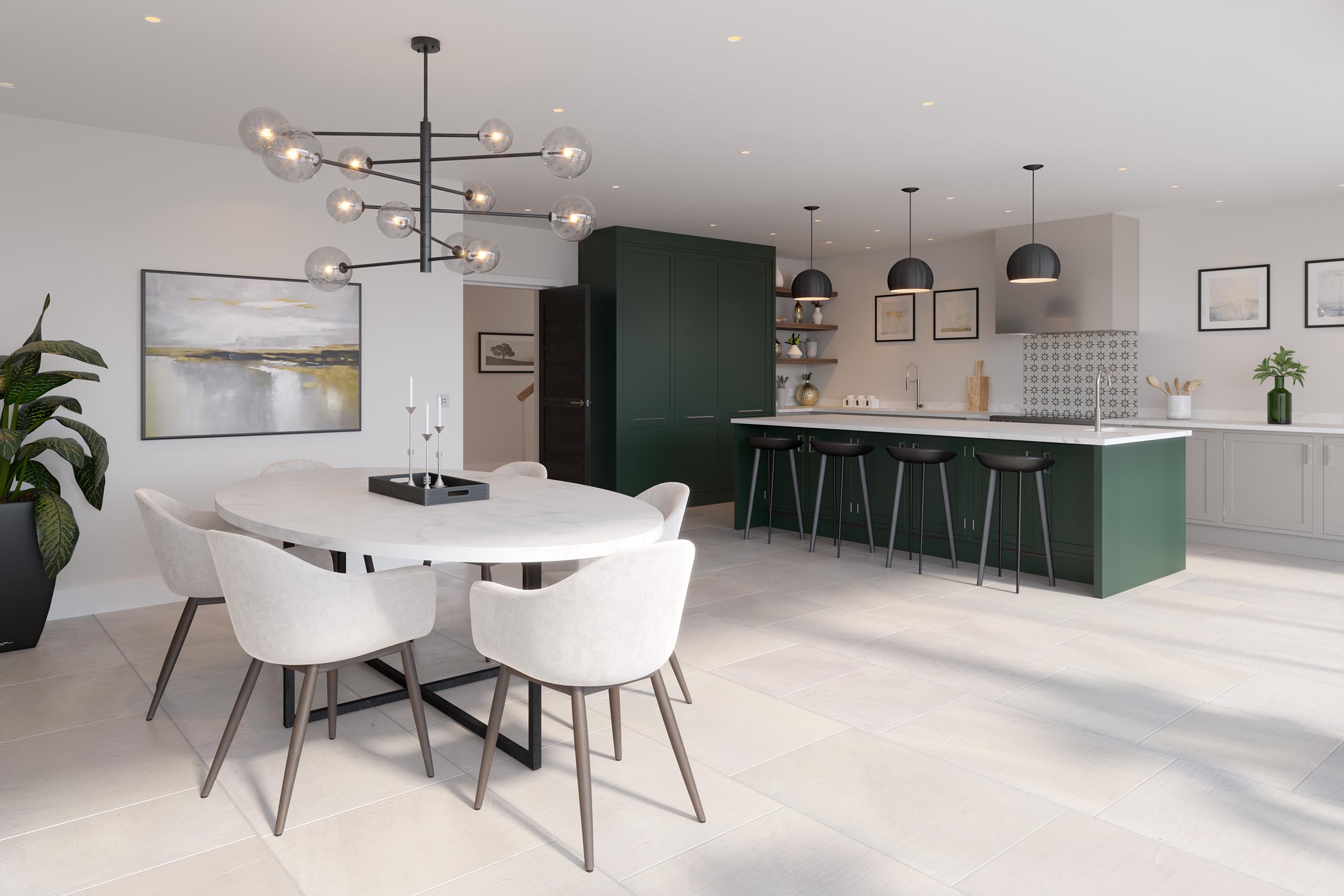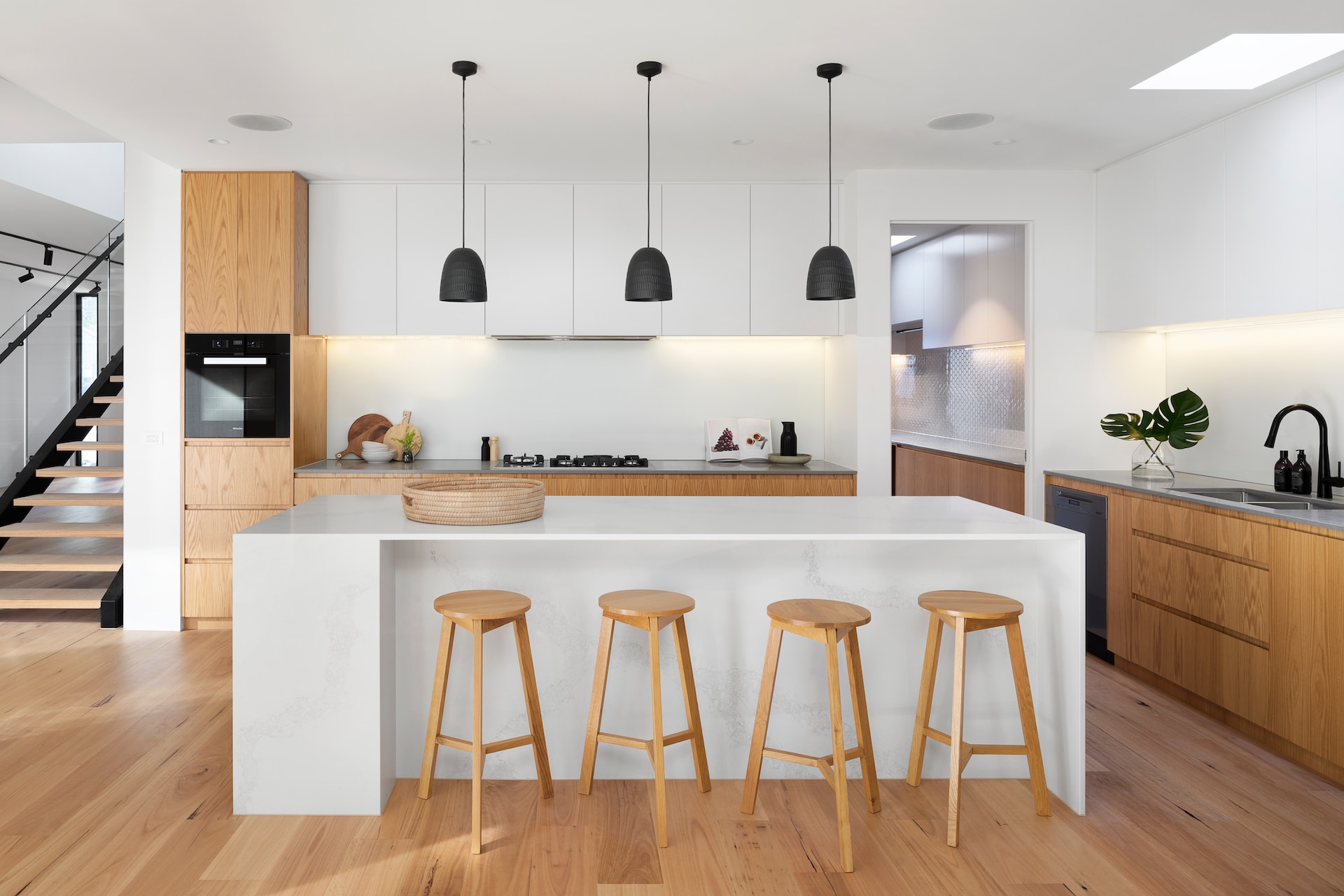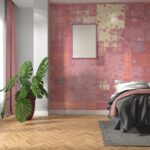Computer-generated imagery (CGI) has become an invaluable tool for interior designers looking to incorporate sustainable and eco-friendly practices into their designs. By creating digital 3D models and photorealistic renderings, designers can visualize and test out different environmentally conscious materials, lighting solutions, and layouts before physical implementation. This allows them to experiment freely without waste, optimize energy efficiency, and reduce the overall carbon footprint of projects.
In this article, we explore how CGI technology enables designers to make informed, sustainable choices from the earliest stages of conceptualization.
The Role of CGI in Interior Design
Computer-generated imagery (CGI) refers to 3D digital models and visualizations created on computers. In interior design, CGI is used to create photorealistic renderings and 3D animations to showcase design concepts before physical implementation. With CGI, interior designers can visualize different materials, lighting, colors, and layouts in a digital 3D space. This allows you to experiment and make modifications easily without waste.
Sustainable interior design is crucial today to reduce environmental impact through energy efficiency, mindful material selection, and spatial optimization. CGI supports these sustainable design goals.
With CGI 3D animation, interior designers can model how natural light moves through space to minimize electricity usage. You also can test sustainable textiles and recycled materials digitally before purchasing. Every design change is free and instant.
In the next section, we will explore how CGI is leveraged as a tool for sustainable interior design across planning, experimentation, optimization, and communication stages
CGI as a Tool for Sustainable Interior Design
CGI technology gives interior designers many options for adding sustainability across all parts of the design process. From start to finish, CGI allows for digital modeling and testing that reduces waste, improves efficiency, and lessens environmental impact. The special benefits of CGI make it a very useful tool at each step of sustainable interior design.
Here are different ways CGI can be leveraged for sustainable interior design:
Experimenting with Sustainable Materials
CGI allows designers to try out different sustainable materials digitally before purchase or construction. With CGI 3D modeling, you can visualize options like recycled wood flooring, low-VOC paints, organic cotton upholstery, and reclaimed metal fixtures in a simulated design.
This digital experimentation prevents waste, as no physical materials need to be acquired and installed just for testing. CGI renders provide a realistic preview to evaluate the look, feel, and feasibility before final material selection. This enables informed decision-making on finishes and furnishings with the lowest environmental impact.
The thoughtful material specification also allows for fewer change orders down the line, reducing additional shipping and labor. With CGI, designers gain the freedom to explore creative and innovative applications of eco-friendly materials for interiors.

Digitally Modifying Designs
One of the biggest advantages of CGI for sustainable design is the ability to make changes digitally before physical implementation. With CGI 3D models and renderings, designers can visualize spatial layouts, lighting schemes, material applications, and more. If any aspect of the design needs modification, it can be easily done in the CGI model and rendered out to view updates.
This digital-first process saves immense time, money, and physical materials that would otherwise be wasted in physical mockups and rework. Iterating digitally also enables designers to quickly test out new sustainable design ideas like natural lighting placements and material usage optimization.
CGI allows room for limitless experimentation without concerns over wasted effort or resources. In essence, CGI integration fundamentally enables a trial-and-error sustainable design approach.
Assessing Energy Efficiency
CGI allows interior designers to assess the energy efficiency of their designs. Detailed CGI models can be created to simulate a building’s energy performance. Factors like insulation, window placement, building materials, lighting, and HVAC systems can be input into the model.
Energy modeling software then analyzes how these specifications impact energy usage over time. The results provide data-driven insights into the most energy-intensive aspects of the design.
Designers can then use this information to optimize energy efficiency by tweaking materials, lighting plans, and systems in the CGI model before implementation. This virtual experimentation enables designers to strike the right balance between aesthetics and low-energy performance.
Optimizing Natural Lighting
Another way CGI supports sustainable design is through natural lighting optimization. CGI software can simulate how sunlight enters a space throughout the day and year.
Designers can visualize how light interacts with specified materials and surfaces. This enables informed positioning of windows, skylights, reflectors, and shading devices to maximize natural light integration. CGI renders reveal how finishes and furnishings either reflect or absorb natural light as well.
With photorealistic CGI lighting previews, designers can create comfortably lit spaces that reduce the need for artificial lighting and cut energy consumption. Natural light also boosts occupant health and wellbeing. CGI allows designers to find the optimal balance between aesthetics, comfort, and energy-efficient use of natural light.
Repurposing CGI Assets and Marketing Services
The reusable nature of CGI models provides additional sustainability benefits. Once a photorealistic CGI model is created for a project, it can be reused, repurposed, and adapted for future designs. This saves immense time and resources compared to recreating physical prototypes and samples. Maintaining a library of CGI models, materials, furnishings, and lighting setups enables rapid visualization of new sustainable design concepts.
On the marketing side, CGI renderings, animations, and other assets can be leveraged to promote sustainable design services to potential clients. Dynamic CGI presentations communicate the environmental benefits and energy savings of a firm’s offerings.
Additionally, web-based CGI content raises awareness of sustainable practices and attracts clients looking for green design. With strategic reuse and marketing, CGI helps scale the adoption of environmentally conscious interior design across more spaces.
Conclusion
When it comes to sustainable design, CGI has been a total game-changer. With CGI, designers like you can try out all kinds of eco-friendly materials and lighting ideas in a 3D model first. See what works before buying or building anything! This makes it so much easier to create beautiful, green interiors that don’t waste resources.
As these 3D programs get even better, designing sustainably will become more and more effortless. CGI takes all the guesswork out of creating spaces that are stunning and planet-friendly.





